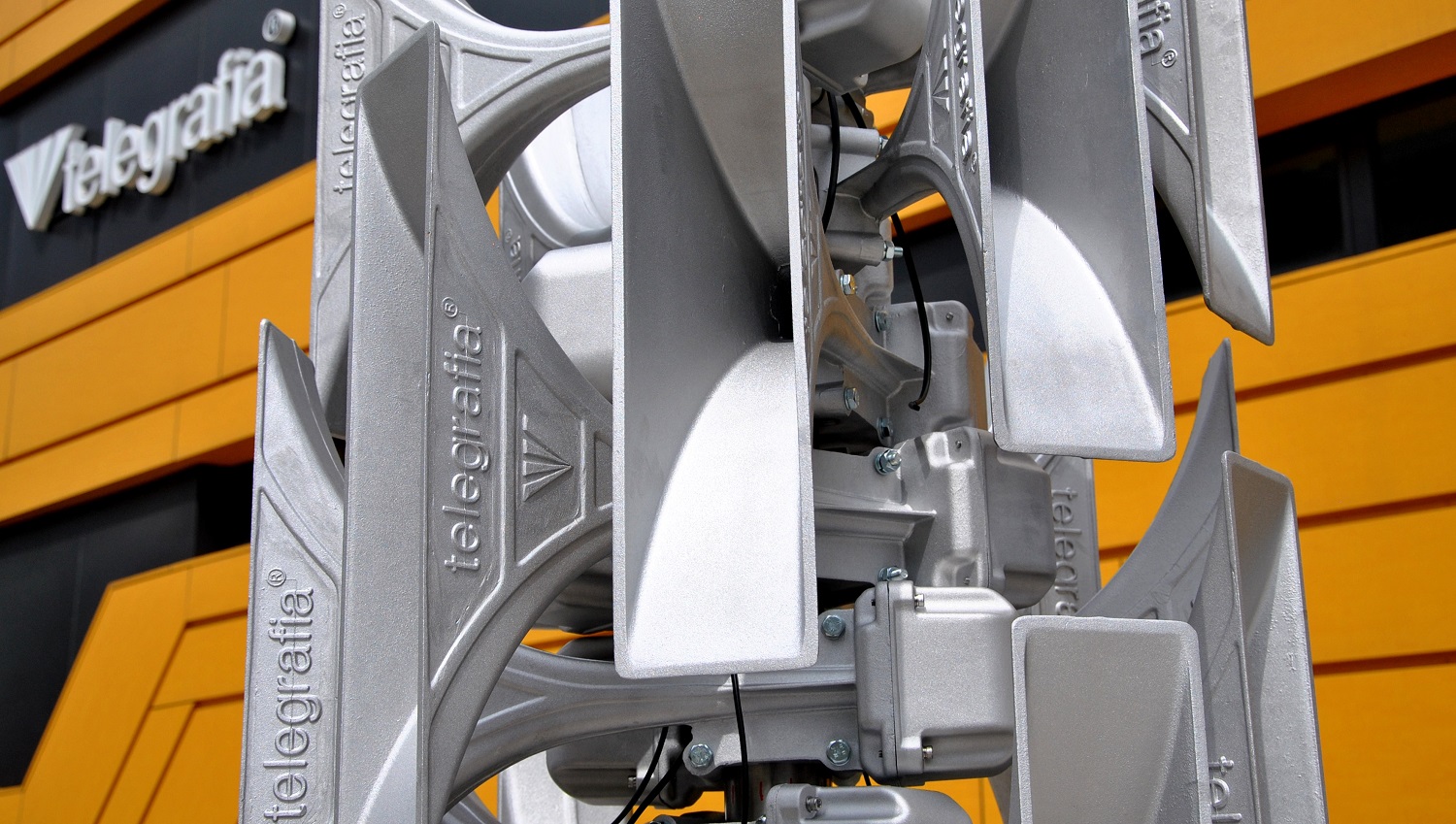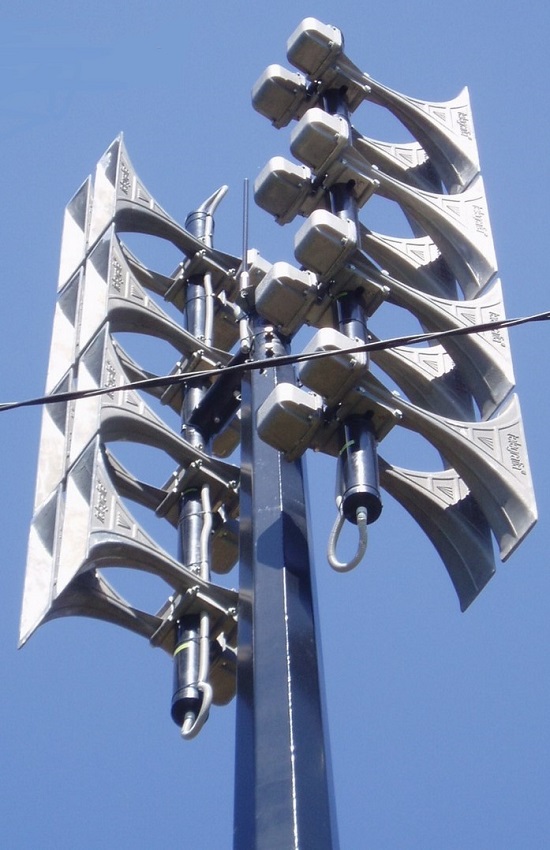
What Is Behind the Effectiveness of Modern Electronic Sirens?
Listen to article:
Just as almost every superhero is hidden behind a mask, warning systems are often hidden from the eyes of ordinary people. Despite their invisibility, they represent an essential safety feature wherever needed, from cities, through industrial plants, to water reservoirs or other areas of everyday life. Since times, people and technology are changing, so are sirens; therefore, it can be indeed said that sirens today look and work very differently than in the past.
It is due to their new features that modern electronic sirens can respond more effectively and quickly. So let us take a closer look at the reasons why today’s warning systems are better and what makes them different from the all-too-familiar “siren test” that we first associate with sirens.
1: Type and quality of audio signal
Sirens spread the sound. A good siren spreads a quality sound signal, or it should, to say the least. The requirements for sound quality are constantly increasing. Obsolete motor sirens had a limited ability to produce sound because they generated a sound signal mechanically. Therefore, they could only produce tones of a single frequency and set direction. In contrast, electronic sirens as we know them today can propagate an audio signal of any type or frequency in any direction. Moreover, they can also reproduce the human voice thanks to a connected microphone without losing almost any intelligibility. The best electronic sirens, such as the Pavian siren from Telegrafia, can store a number of different signals in their memory – signals that are clearly audible even over vast distances.
2: Connectivity and communication with other devices
Today’s electronic sirens take their cue from other products in the electrical industry – they are “smart” devices. What does that mean in this case? In short, modern electronic sirens can communicate with each other today, and at the same time, they can receive information through different communication channels. They can also receive and process radio signals, GPRS, Ethernet signals or other types of information. This fact brings two significant advantages. Firstly, electronic sirens can also communicate with other electrical devices (e.g. various sensors, detectors, gauges, etc.) and at the same time automatically respond to any incoming or potential threats. The second advantage is the ease of installation and connection of these warning elements into a complex warning system.
3: Siren operation and control
Easy maintenance and control of such electronic sirens are directly related to their technical sophistication. The old mechanical sirens required manual intervention to be activated, but the intelligent electronic sirens can be fully automated or controlled manually using a wall button, computer, or a control panel. And it is precisely their interconnectivity that makes the sirens so easy to control. One of the options is a remote “silent test”, for instance. Modern electronic sirens have self-diagnostic functions, which means they do not need to be checked manually.

4: Durability and consumption
A connection to the power grid was necessary for the whole operation of older sirens, which was the reason for the significantly higher energy consumption and overall higher running costs compared to electronic sirens. Not only are modern sirens more economical overall, but they also include batteries that can be recharged from the mains or solar panels to keep the siren fully operational for several days.
The material the sirens are made from has also evolved – as far as siren horns are concerned, they are made from exceptionally durable aluminium alloys nowadays, and regarding the boxes housing the siren electronics, these are made of high-quality stainless steel. Both materials are more durable and resistant to weather conditions and other external influences.
5: Adaptation and modification
Thanks to the ability of electronic sirens to communicate with other devices and their programmability, our warning systems can be adapted to any conditions or customer requirements quite easily. There are many options to opt for, ranging from power intensity/output (up to 3,000 W), material design, support in the form of the aforementioned solar panels, communication with the surrounding area, to the choice of individual modules that the siren will contain.
In conclusion, it can be safely put that, thanks to this technological evolution, sirens are no longer just warning devices. They do not fulfil their very role, but their possibilities and applications have expanded enormously. Telegrafia’s electronic sirens are now modern and “smart” devices, led by the flagship Pavian sirens or the price-optimised Gibon sirens. They are a crucial safety element that can be customised as effectively as possible to meet the conditions of their operation. Thanks to all this, the sirens manufactured by the Telegrafia company can operate seamlessly, react instantly, and potentially contribute to saving human lives and property.

The article was written by
Róbert Jakab
Robert is like a moving photograph – because he is like a video. He can capture 60 frames per second. Whenever something happens, he records it. Currently, he’s working on smaller videos and hoping to make a feature film one day and then its sequel. Telegrafia 2: Monkey Power
